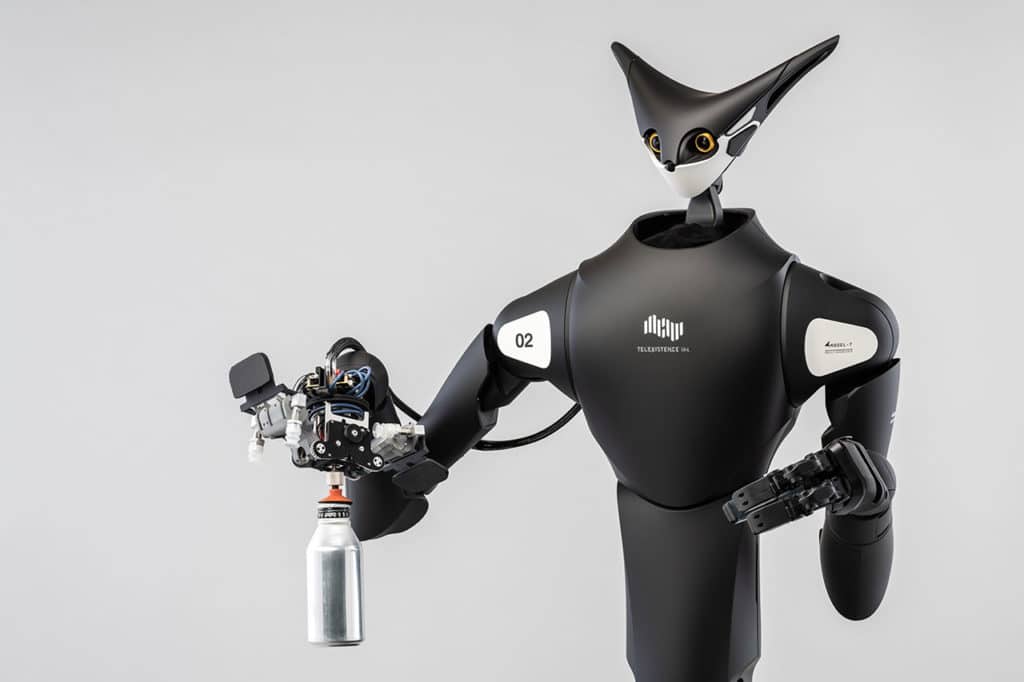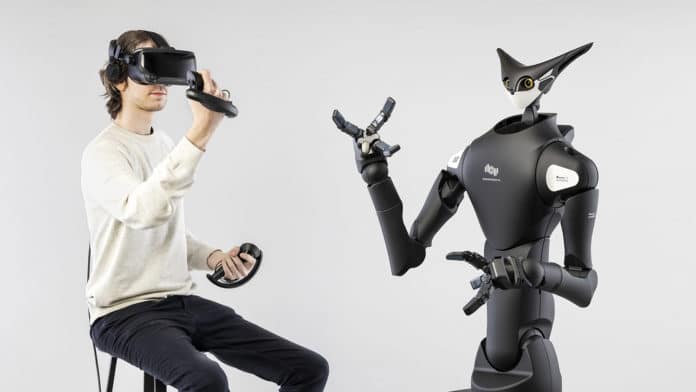With almost a third of its population aged 65 and over, Japan has the oldest population in the world, and that is causing a severe labor shortage. Companies are increasingly turning to robotic assistance – including two of Japan’s largest chain stores, FamilyMart and Lawson.
FamilyMart began testing with robots in August 2020 and ensures that by 2022 it will have robots employed in 20 of its stores. Lawson, meanwhile, introduced robots to its stores in early September 2020.
To replace human tasks in stores, they chose a two-meter-high robot called Model-T, which was developed by the Japanese startup Telexistence. It moves between the shelves using a wheeled platform, while the cameras, microphones, and countless sensors allow him to communicate with colleagues and customers.

Using the three “fingers” on each of the two hands, the robot can fill the shelves with products such as beverage bottles, cans, and rice bowls. It is capable of picking up and placing objects of different shapes and sizes in different locations. This makes it much more flexible and maneuverable than the robots currently deployed by the Wallmart chain to scan shelf inventory.
However, the Model-T robot cannot do this without human help. The robot is controlled by humans using a stock-standard VR setup from anywhere in the world. Thanks to virtual glasses and special gloves, which allow the human “pilot” to feel the individual pieces of goods as if holding them in their own hands, the robot can be controlled from a distance of up to eight kilometers.
By introducing VR-controlled robots into stores, the FamilyMart store staff will be able to work in multiple stores from a remote location. It could also allow the staff to work from home – very crucial in the current age of social distancing – and recruit workers from basically anywhere. This will help solve challenges around labor shortage and help create new job opportunities. It will also lead to the reduction of human-to-human contact to help prevent the spread of COVID-19.
The development company Telexistence has recently been facing increasing demand and improving its most successful product so far. The Model-T is still much slower than humans and can only deal with packaged goods. The goal of Telexistence is also to work without human assistance in the future.
